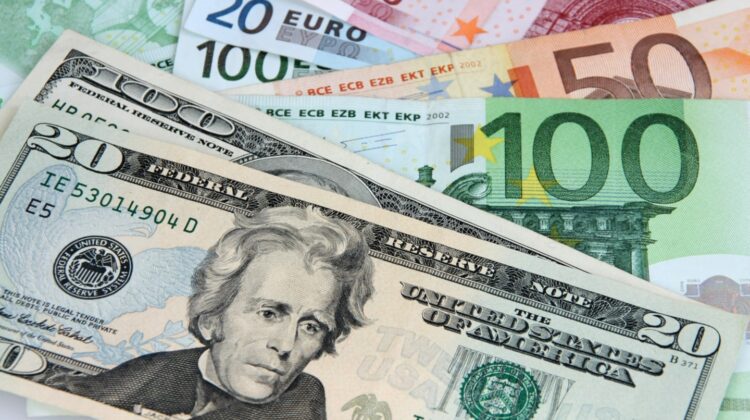

Dollar reaches a record 20 year high!
The U.S. dollar index hit an intraday high of 109.478!
The highest intraday value since September 2001, according to Dow Jones Market Data.
The index is now off its highs of the day, trading at the 108 level as of morning in New York.
Tweet on USD surge based on Dow Jones market Data, chart by Statista
Dollar reaches a record 20 year high!
The U.S. dollar index hit an intraday high of 109.478, its highest intraday value since September 2001, according to @DowJones Market Data.
The index is now off its highs of the day, trading at the 108 level as of morning in New York! pic.twitter.com/BiBUegj1SK— The_Journalbiz (@the_journalbiz) August 30, 2022
The strength in the dollar comes as investors seek shelter, reflecting fears of a global recession and deterioration in Europe
Fears of a global recession and deepening woes in Europe are pushing the dollar higher, and few on Wall Street expect to see a change in its trajectory soon.
After the U.S. currency’s strongest first half in over a decade, which measures the dollar against a basket of 16 currencies, hit a new 20-year high last week and is up nearly 2.5% this month. The euro traded below parity with the dollar for the first time since 2002, and the Japanese yen is depreciating to lows unseen since the end of the 20th century.
Asset managers have been betting the Federal Reserve will do whatever it takes to stop rising consumer prices. Following another hot inflation reading last week, the Fed is likely to raise rates by another 0.75 percentage point later this month.
The dollar’s strength is a double-edged sword for U.S. consumers and businesses. It boosts purchasing domestically but weighs on multinational firms’ revenue. Microsoft Corp. cut earnings guidance in June, after saying in April that the strong dollar had reduced its revenue by around $300 million in the first three months of the year.
The rising dollar has hit commodities from oil to copper, which are priced in dollars, wounding emerging-market economies, whose dollar-denominated debt also becomes more expensive to service when the U.S. currency strengthens.








